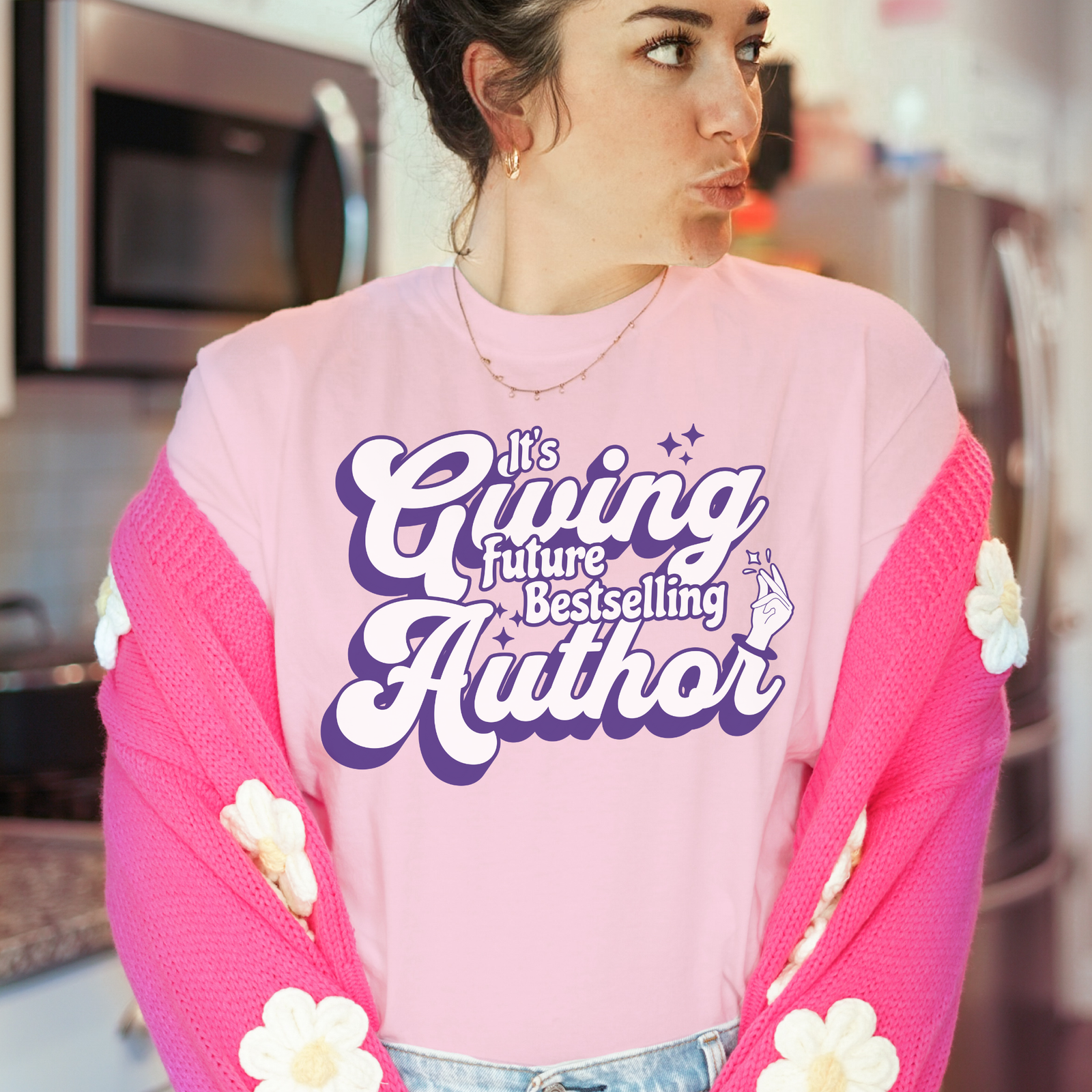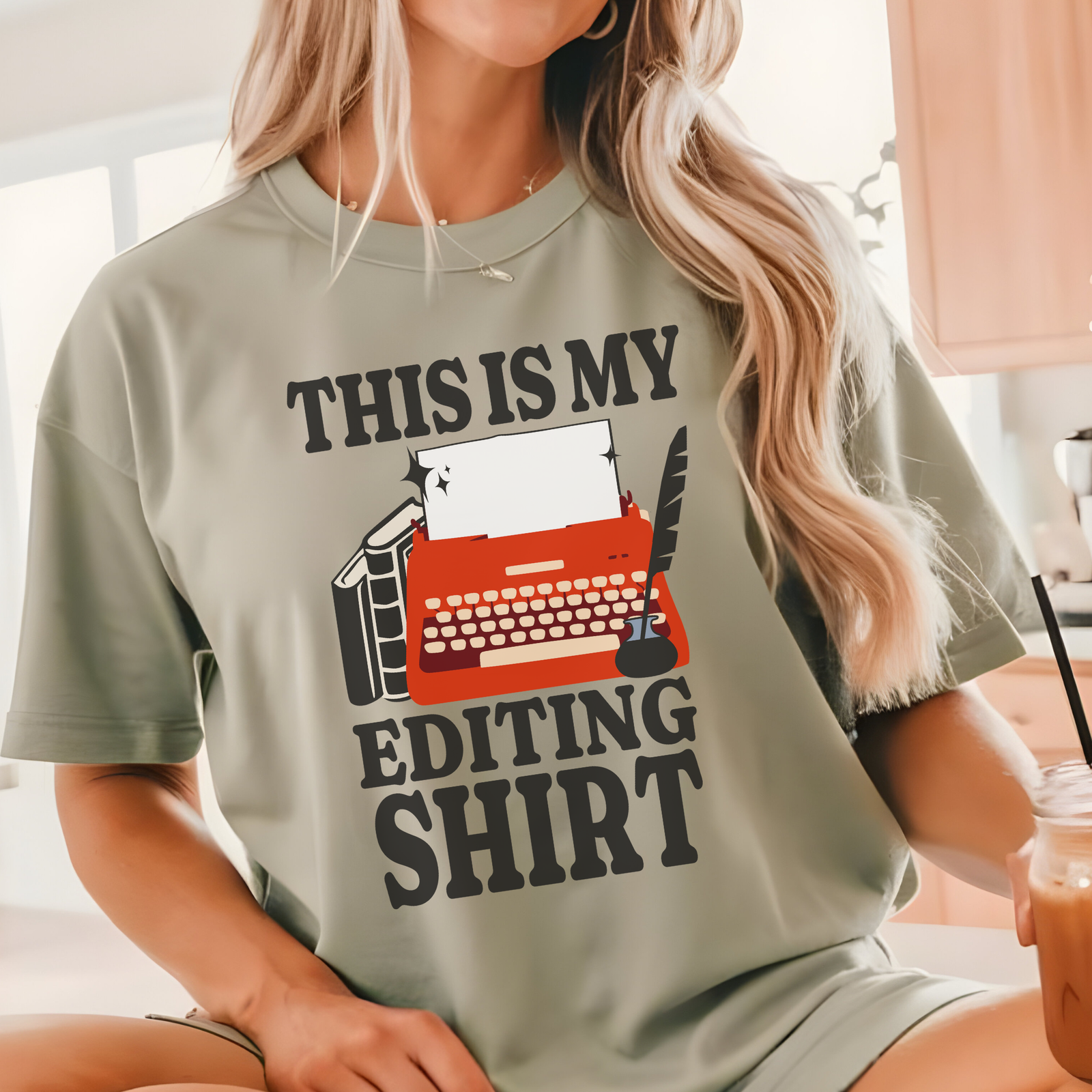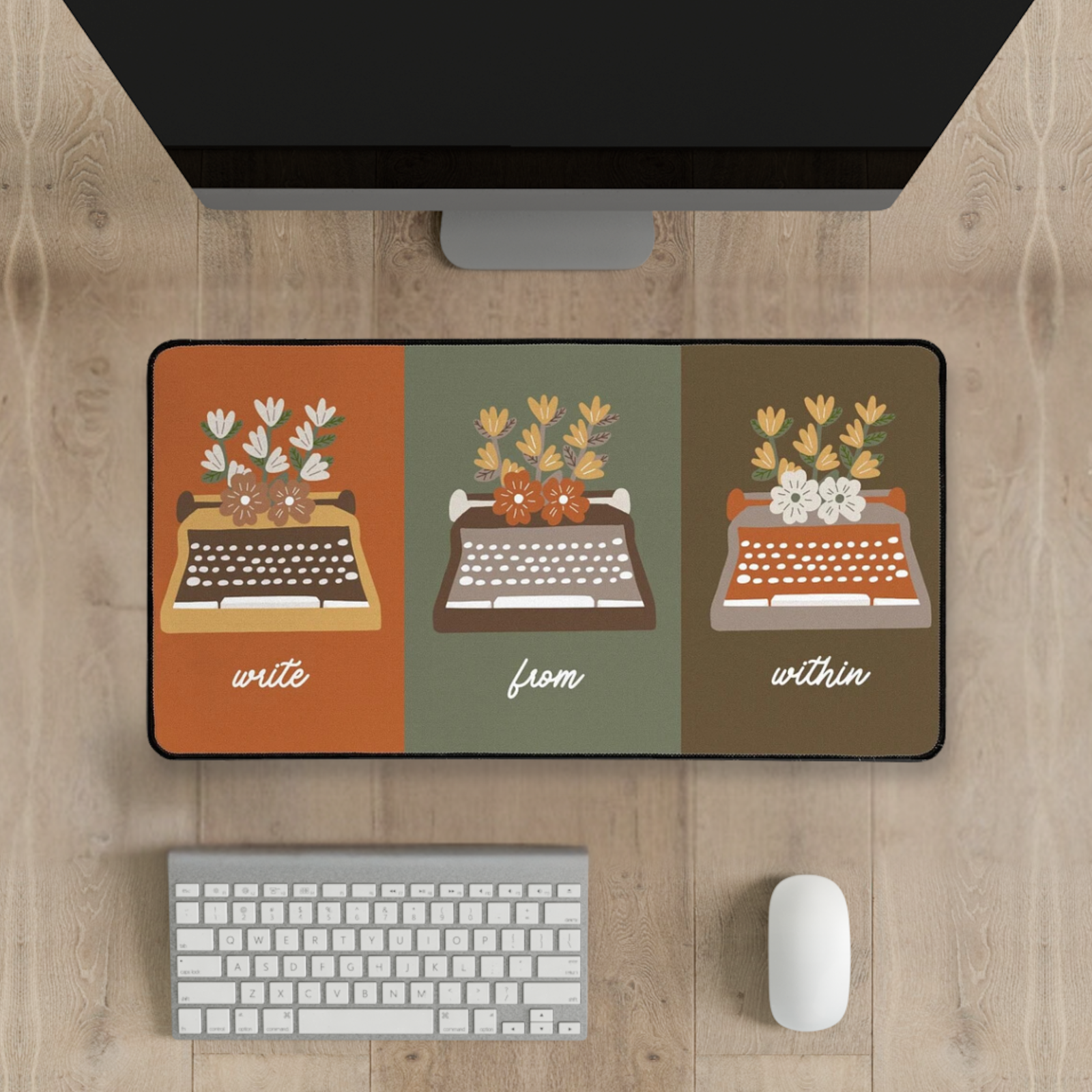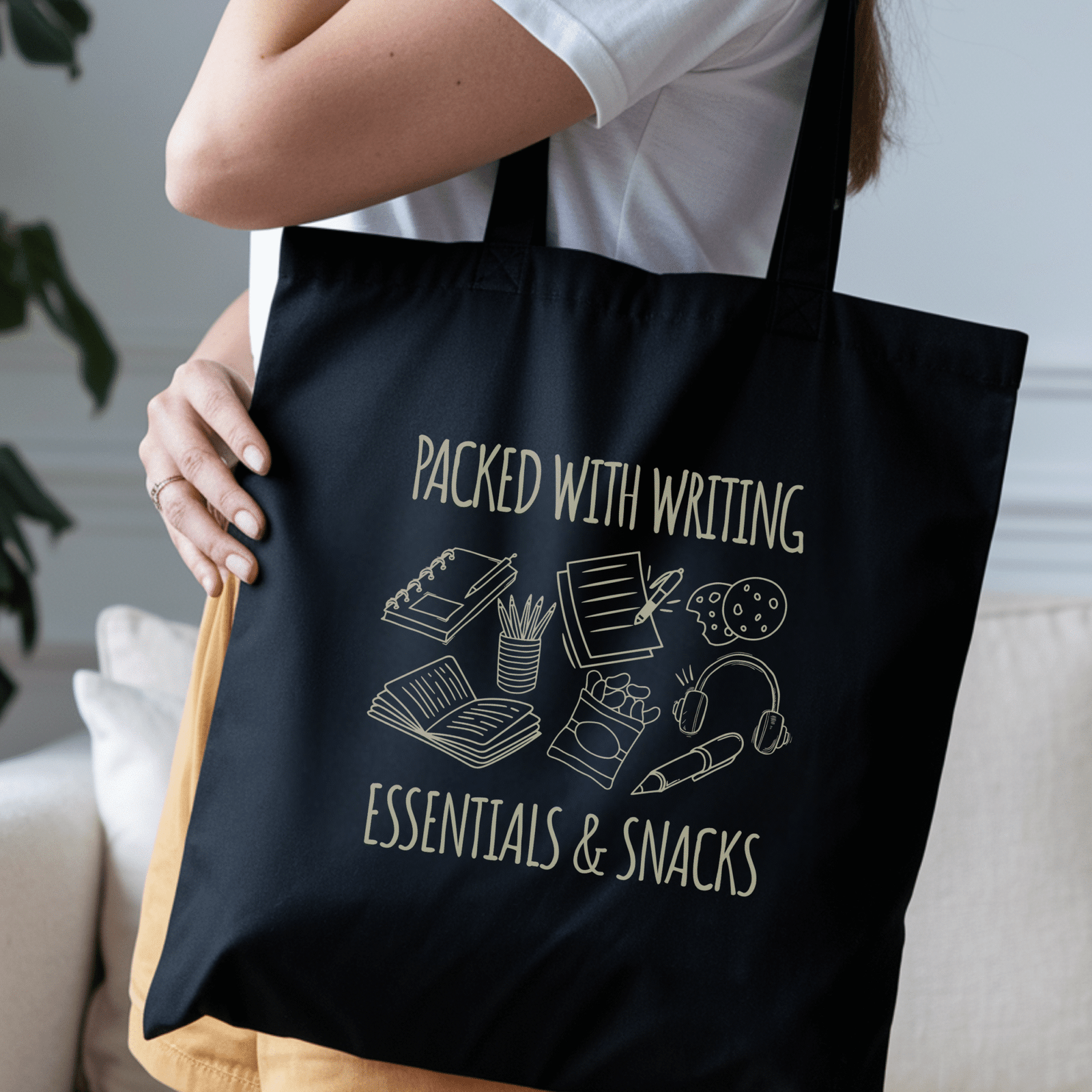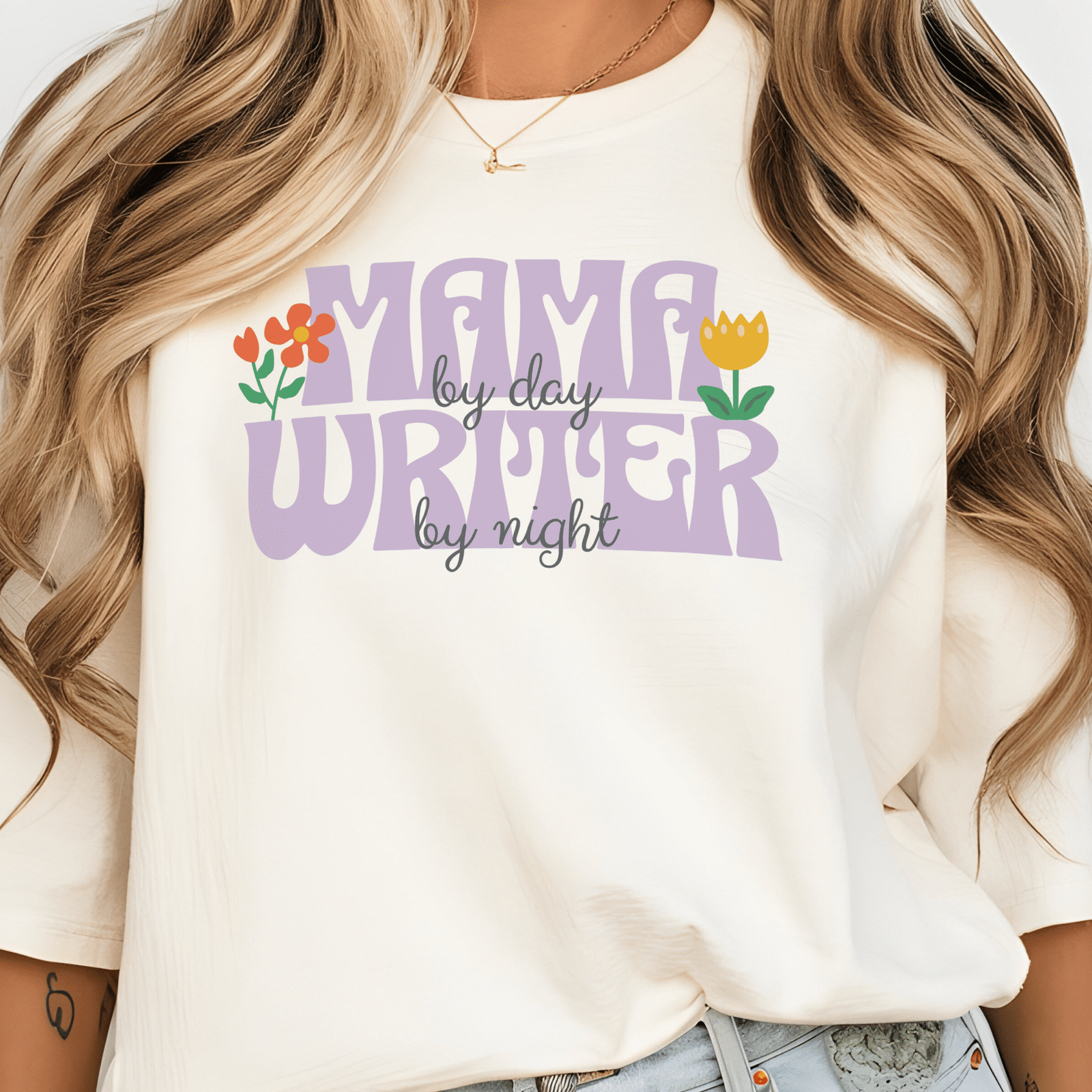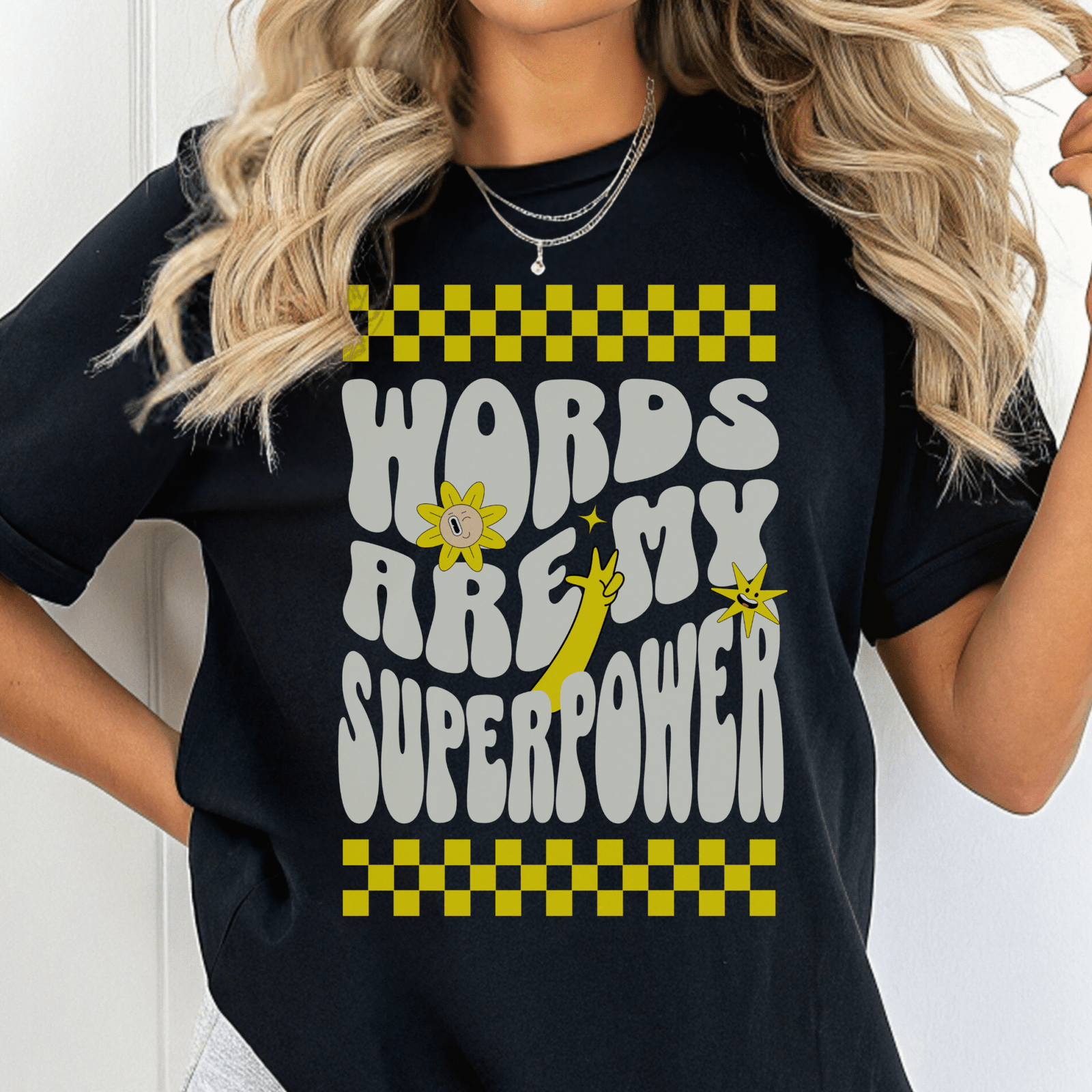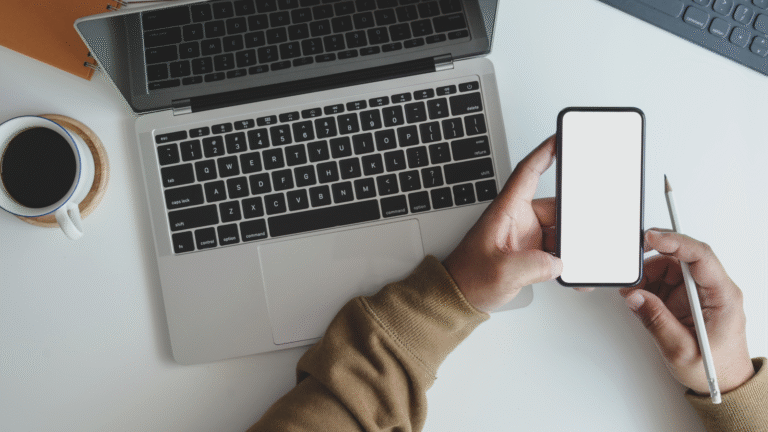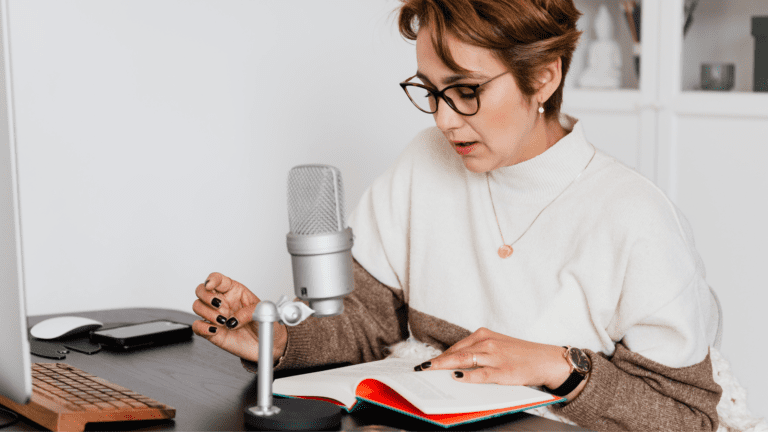You may have seen that string of numbers on the back cover of a book, something like 978‑3‑16‑148410‑0, and folded it into your self‑publishing to‑do list. That’s the International Standard Book Number (ISBN), and it’s more important than many new authors realize. If you’re preparing to publish and you’ve asked yourself, “what is an ISBN?”, you’re not the first to wonder what it is and why it is so important. Many writers come across it for the first time when setting up their book for distribution, but few truly understand what it does or why it matters.
If you’re publishing independently or working through a platform like Amazon KDP or IngramSpark, getting this part right can save you from messy metadata, confusing listings, or worse, distribution issues. In this post, we’ll walk through what an ISBN is, what it does, how to get one for your book, and why it still matters today.
- What Is an ISBN?
- What Does an ISBN Do?
- Why ISBNs Matter for Authors
- How to Get an ISBN for Your Book
- Common ISBN FAQs and Myths
- Do I need an ISBN for an eBook?
- Can two formats of the same book have the same ISBN?
- Is an ISBN mandatory for publishing?
- Is the barcode the same as the ISBN?
- Do self-published authors need to buy ISBNs in bulk?
- What happens if I enter the wrong metadata with my ISBN?
- Can I transfer an ISBN from one book to another?
- Is it worth getting an ISBN for a poetry collection or short story compilation?
- Where should the ISBN appear in my book?
- How long does it take to get an ISBN?
- If I edit my book, do I need a new ISBN?
- If I change my book cover, do I need a new ISBN?
- Breath and Ink Shop
What Is an ISBN?
If you’ve ever wondered about the meaning of ISBN, here’s the simplest explanation: it stands for International Standard Book Number. It’s a unique numerical ID assigned to every published book or book-like product, and no two books share the same one. The ISBN acts like a digital fingerprint for your book, making it easier for retailers, libraries, distributors, and online platforms to track and catalog it properly.
Modern ISBNs are made up of 13 digits, although older versions had just 10. The 13-digit structure contains sections that identify the language or country of publication, the publisher or imprint, the specific title and edition, and a check digit that verifies the rest. This update from 10 digits to 13 happened in 2007 to align with international barcoding standards and make book tracking more reliable across the globe.
So when someone asks you, “what is an ISBN?”, you can confidently tell them: it’s the number that tells the publishing world exactly what version of your book they’re dealing with.
What Does an ISBN Do?
An ISBN isn’t just a string of numbers you slap on the back of your book. It plays a major role in how your book is found, tracked, and sold. So what does an ISBN do. Here’s the short version: it makes your book visible and identifiable everywhere it needs to be.
When you assign an ISBN to your book, you’re making it possible for bookstores, libraries, and distributors to pull up accurate information about that specific version. Every format of your book: paperback, hardcover, eBook, should have its own unique ISBN. That way, systems can tell the difference between the paperback you’re selling on Amazon and the ePub you’re distributing on Apple Books.
It’s like a digital fingerprint. It’s the thing that distinguishes your book from every other title on the market, and ensures your readers, retailers, and industry databases can find the exact edition of your book they need. Without it, your book might be invisible to anyone outside the platform you’re publishing on.
Why ISBNs Matter for Authors
Especially for indie authors, an ISBN might feel optional. But if you’re serious about self-publishing, it’s something you’ll want to understand and use. ISBN for self-published books isn’t just a small detail to be overlooked.
First, it signals that your book is legit. Having an ISBN gives your book a professional edge, especially if you’re aiming at selling beyond Amazon. Most physical bookstores, libraries, and distribution platforms require one. Without it, your book likely won’t be accepted into catalogs like Ingram or Baker & Taylor, or even some library networks.
Second, your ISBN connects your book to its metadata: your name, the title, edition number, publication date, and more. This data helps systems and retailers keep your book organized and discoverable, which is an essential part of building your author brand.
And lastly, owning your ISBN (rather than accepting a free one from a platform) means you’re listed as the publisher. That’s a big deal for self-published writers who want full control of their work and its future distribution.
How to Get an ISBN for Your Book
So, the next question that is probably on your mind is: how do I get an ISBN for my book? Good news is, it’s not complicated. But the process depends on where you’re located.
If you’re in the U.S., you’ll get your ISBNs from Bowker via myidentifiers.com. That’s the only official source, and you can buy a single ISBN or a block (which is more cost-effective if you’re publishing in multiple formats). In the U.K., the agency is Nielsen, while Canadian authors can request free ISBNs from Library and Archives Canada. Australian authors go through Thorpe-Bowker. In Ghana, it is the Ghana Library Authority.
To find the official ISBN agency for your country, you can visit the International ISBN Agency’s website and check their list of approved national agencies.
Many self-publishing platforms also offer free ISBNs: Amazon KDP, Draft2Digital, and Lulu, to name a few. But, note this: when you use a platform’s free ISBN, they are listed as the publisher, not you. This may limit your distribution options or affect how professional your book appears to retailers. You wouldn’t be able to use this free ISBN beyond their platform.
If you want full control and to be recognized as the publisher, it’s worth buying your own. It’s a small investment for long-term credibility.
Common ISBN FAQs and Myths
Let’s clear up a few common questions, especially for anyone navigating ISBN for self-published books for the first time.
Do I need an ISBN for an eBook?
Not always. If you’re publishing exclusively through Amazon KDP, they’ll assign an ASIN (Amazon Standard Identification Number), and an ISBN isn’t required. But if you’re distributing widely, like Apple Books, Kobo, or libraries, you’ll need an ISBN.
Can two formats of the same book have the same ISBN?
Nope. Each format (paperback, hardcover, eBook) needs its own ISBN. Reusing one across different formats will only create confusion and cataloging errors.
Is an ISBN mandatory for publishing?
Not technically, especially for digital formats. But if you want your book available in libraries, bookstores, or through broad distribution, it’s a must-have.
Is the barcode the same as the ISBN?
Not exactly. The ISBN is the number; the barcode just makes it scannable. Most platforms can generate the barcode for you using your ISBN.
Do self-published authors need to buy ISBNs in bulk?
You don’t have to, but it’s cheaper in the long run. If you plan to publish more than one format or book, buying a block of 10 makes sense.
What happens if I enter the wrong metadata with my ISBN?
Mistakes happen, but once an ISBN is assigned to a book, it’s locked to that title, edition, and format. That core information cannot be changed. If you’ve assigned the ISBN to the wrong book title, format (e.g. paperback vs. eBook), or author name, you’ll need to assign a new ISBN.
However, some metadata can be updated, especially on platforms like Bowker or Nielsen. These include:
- Publication date
- Price
- Book description
- Cover image
- Publisher name (if your publishing identity changes or was entered incorrectly)
If you realize a mistake after registration, log in to your ISBN account and update what’s allowed or contact the agency directly for help. Just remember: if you’ve published the book with the wrong title or format under that ISBN, it’s better to retire that number and assign a new one correctly.
Can I transfer an ISBN from one book to another?
No. Once assigned to a title and edition, an ISBN can’t be reused or reassigned, even if the original book is out of print.
Is it worth getting an ISBN for a poetry collection or short story compilation?
Definitely, if you want it listed professionally or distributed to libraries and bookstores.
Where should the ISBN appear in my book?
Include it on the copyright page and back cover (with barcode). For eBooks, list it in the metadata and the copyright page.
How long does it take to get an ISBN?
It depends on the official agency you are buying from. If you’re buying through Bowker, you usually get it instantly after purchase. Free ISBNs from self-publishing platforms are assigned at the publishing stage if you opt to get a free ISBN.
If I edit my book, do I need a new ISBN?
It depends on the kind of edits you make. If you’re fixing a few typos or formatting issues, your current ISBN can stay the same. But if you’re releasing a new edition with major content updates, added chapters, or significant changes to the structure or cover, you’ll need a new ISBN. Think of it this way: if the changes would confuse readers or retailers about whether it’s the same book, it’s time for a new ISBN.
If I change my book cover, do I need a new ISBN?
No, changing the cover alone doesn’t require a new ISBN, as long as the content inside the book stays the same. You can update your book’s design or branding without changing the ISBN. But if the cover change is part of a larger revision (like releasing a new edition or adding chapters), then a new ISBN might be needed. Always ask yourself: is this a cosmetic update, or a new version of the book?
Hope this post was helpful.



